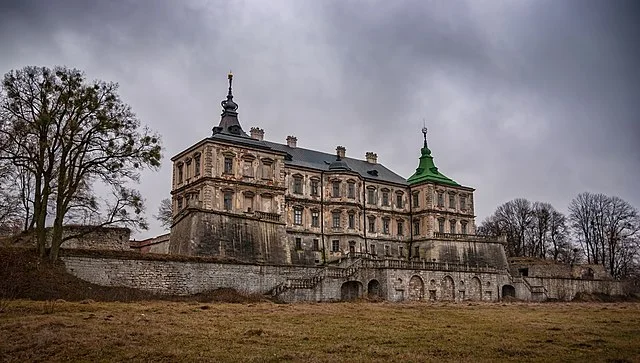Pidhirtsi Castle is a significant historical monument in western Ukraine, known for its architectural grandeur and historical relevance. Located in the village of Pidhirtsi, near Lviv, the castle represents a mixture of Renaissance and Baroque architectural styles.
Get your dose of History via Email
History and Construction
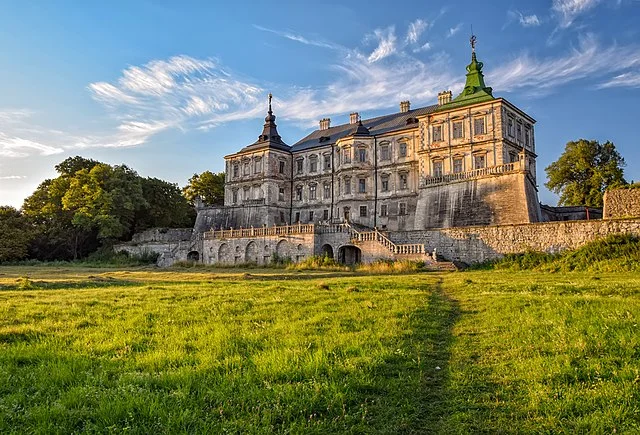
Pidhirtsi Castle was constructed between 1635 and 1640 under the direction of Grand Crown Hetman Stanisław Koniecpolski, a prominent Polish noble. Italian architect Andrea del Aqua designed the structure, blending defensive and residential functions. The castle served as both a fortress and a luxurious palace, showcasing the wealth and power of its owners.
Throughout the 17th century, Pidhirtsi Castle saw various renovations and expansions, adding gardens, vineyards, and other luxurious elements to its surroundings.
Architecture
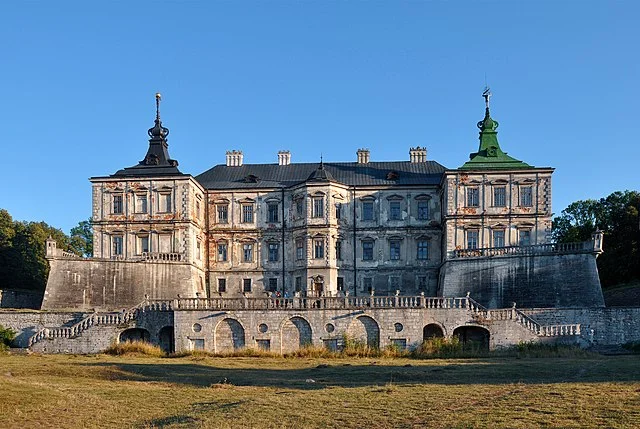
The design of Pidhirtsi Castle combines Renaissance defensive architecture with Baroque aesthetics. The main building has a rectangular plan, surrounded by bastions at each corner. The central courtyard separates the living quarters from the defensive structures. The castle also features a deep moat and ramparts, typical of fortifications from this period.
The interior was equally luxurious, with richly decorated halls, galleries, and rooms filled with artworks, tapestries, and valuable furnishings. The library and chapel, both added later, were also notable features of the castle.
Ownership and Decline
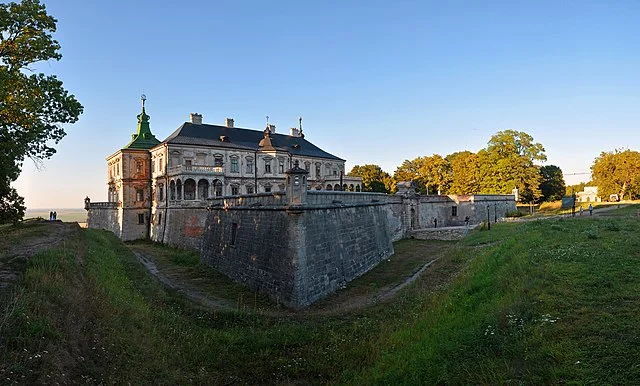
After Koniecpolski’s death in 1646, the castle passed through various owners. It became part of the Sobieski family in the late 17th century when Jakub Sobieski, the son of King John III Sobieski, acquired it. The castle remained in their possession until the early 18th century.
In the 19th century, Władysław Sanguszko took ownership of Pidhirtsi Castle. He began restoring the property and established a museum. However, the castle’s fortune declined after World War I. Looting and neglect during this period led to the loss of much of its valuable interior.
World War II and Soviet Era
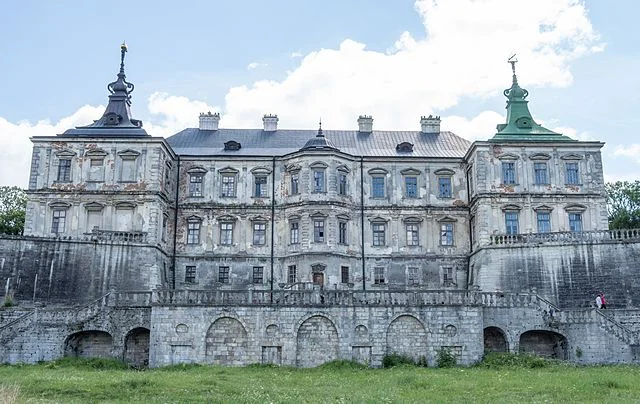
During World War II, the castle suffered further damage. After the war, it fell under Soviet control and was converted into a tuberculosis hospital, which contributed to the decline of its architectural integrity. Much of the castle’s original décor was either stolen or destroyed.
Restoration Efforts
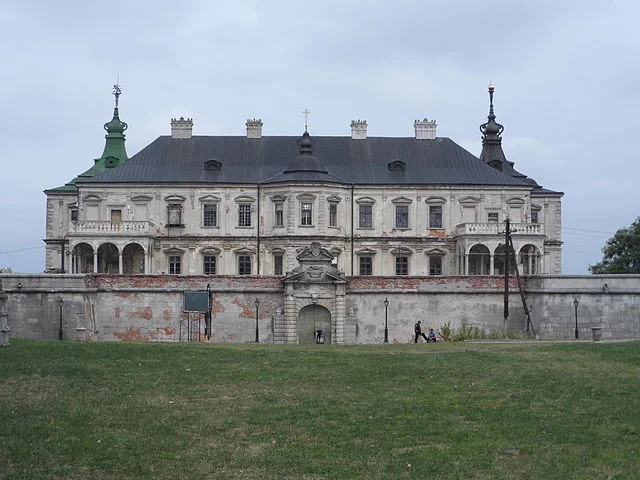
In the 1990s, following Ukraine’s independence, restoration efforts began. The castle was recognized as a valuable cultural and historical monument. While much work remains, preservation efforts continue to restore the castle’s former grandeur. Today, it is part of the Lviv National Art Gallery, and various exhibitions and events are held there.
Conclusion
Pidhirtsi Castle stands as an important historical and architectural landmark in Ukraine. Its history, which spans centuries, reflects the region’s political and cultural changes. Though damaged over time, ongoing restoration efforts aim to preserve this monument for future generations.
Source:

